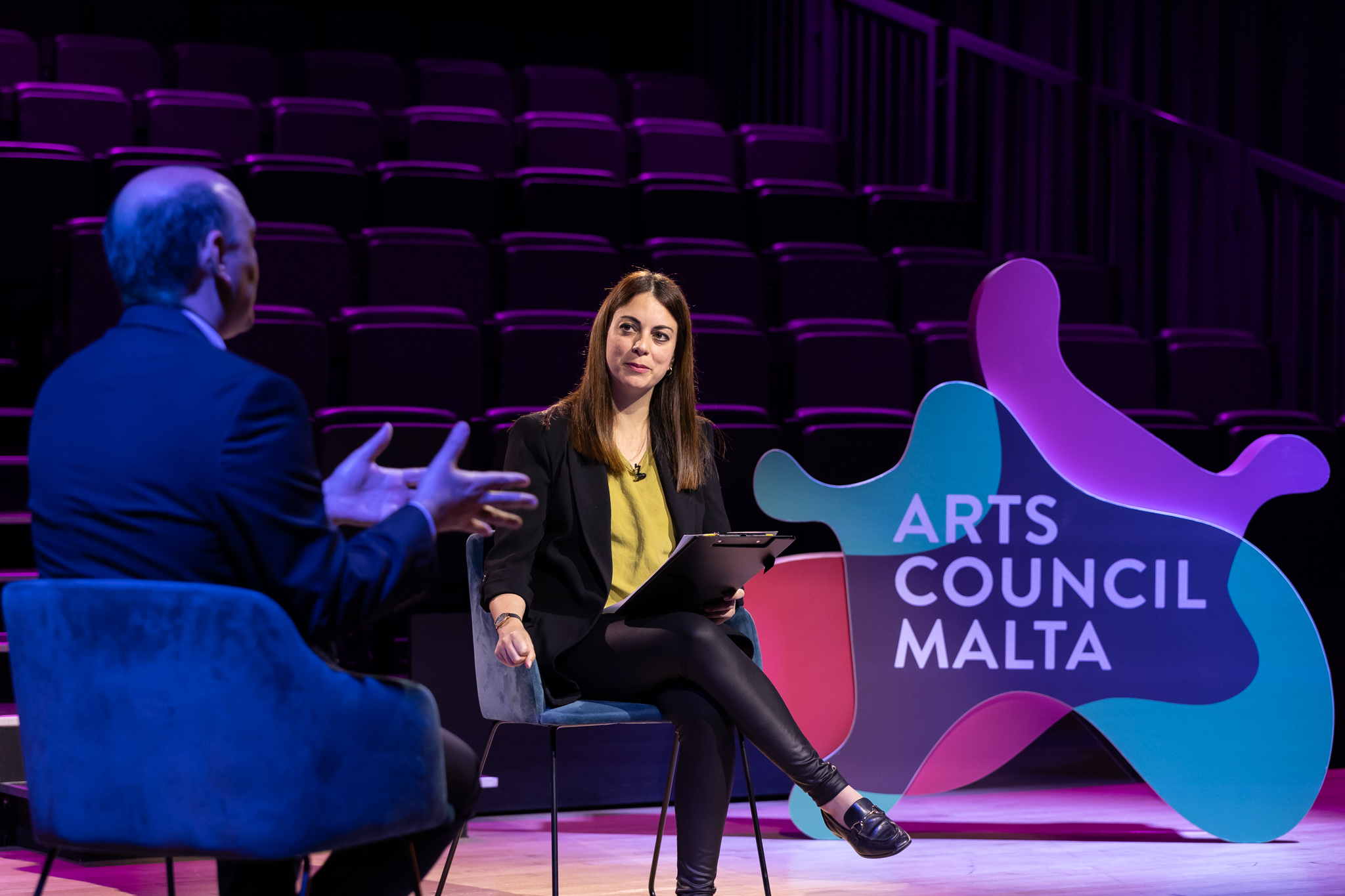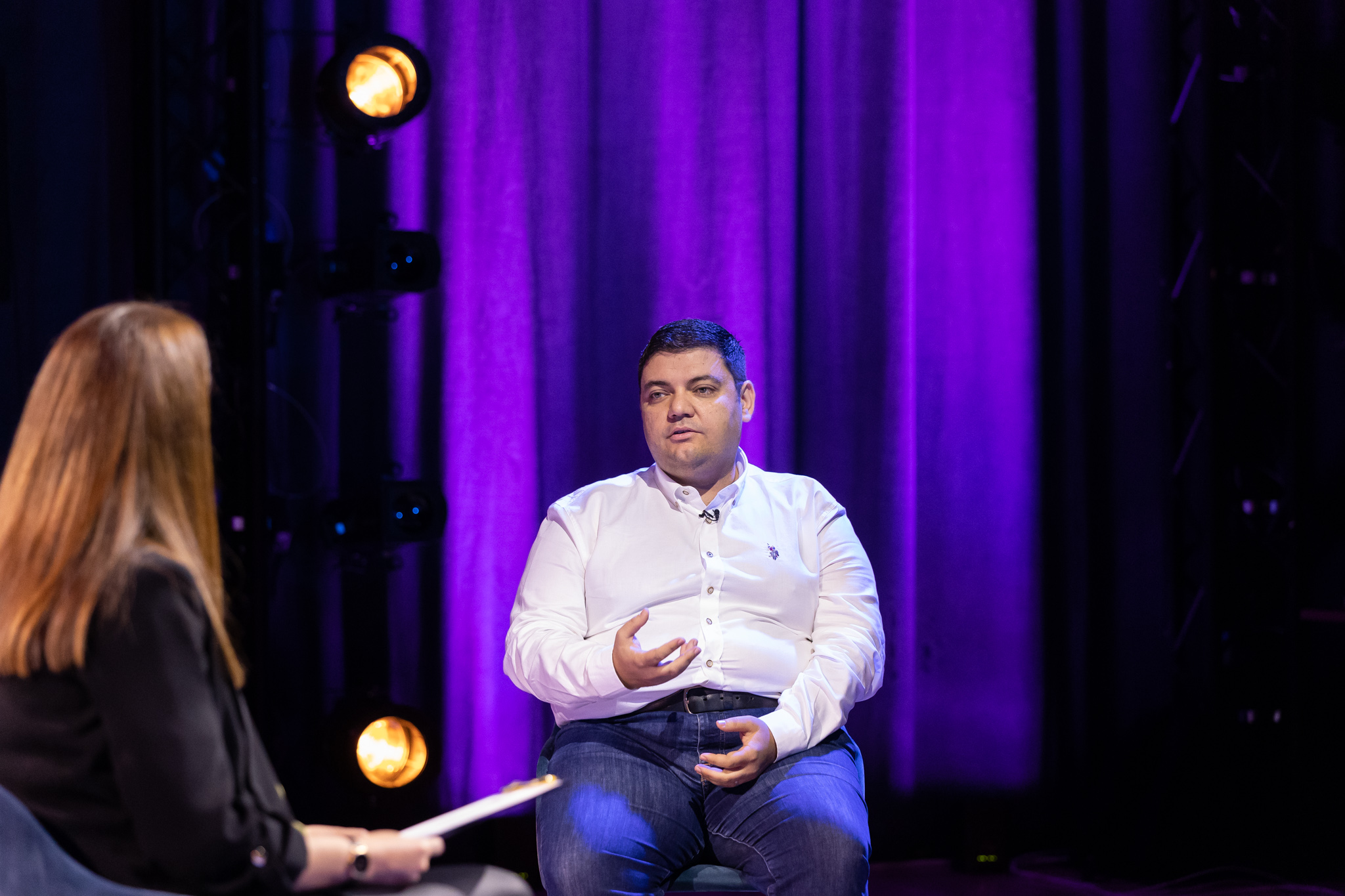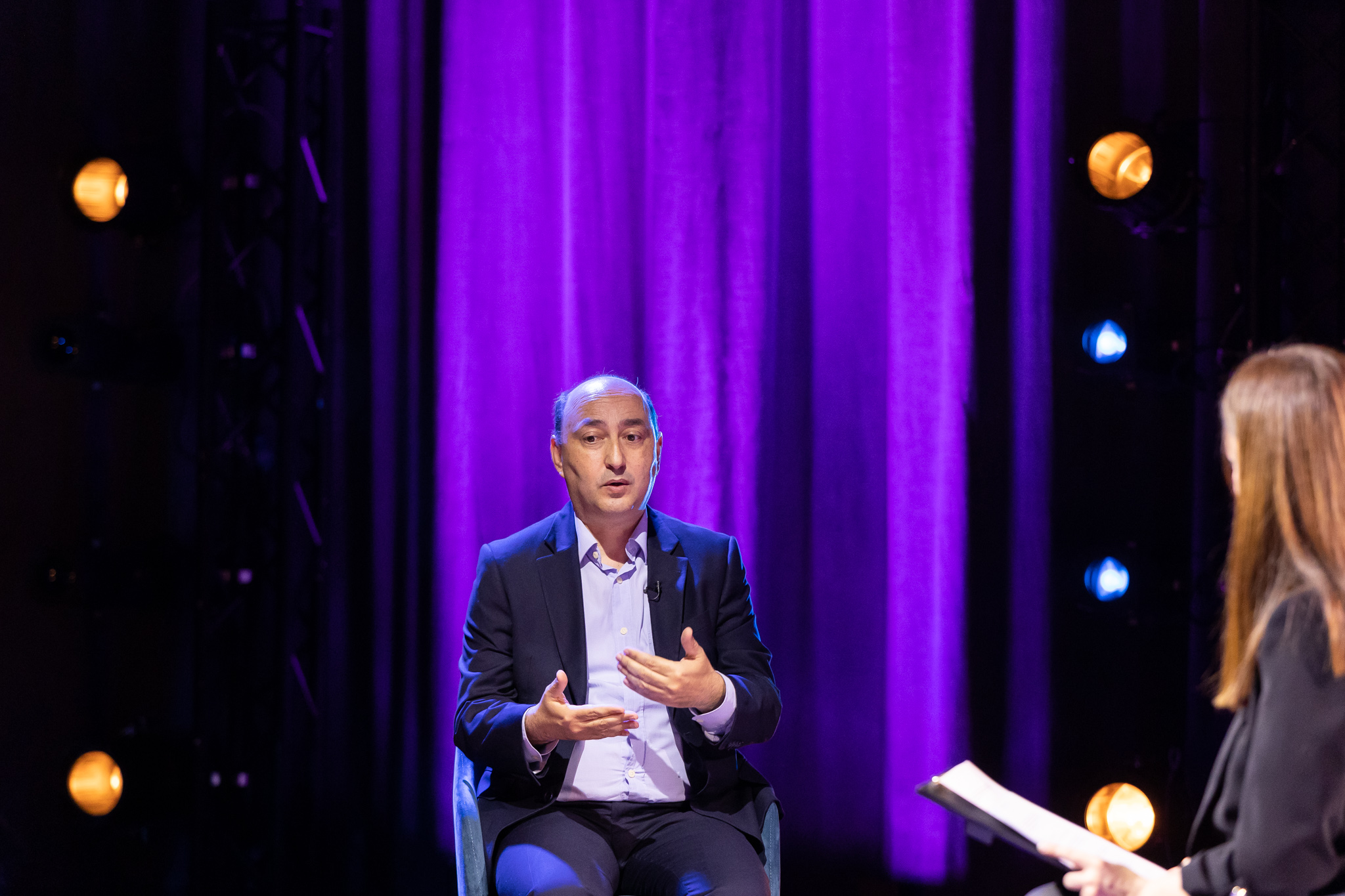Technology’s impact on the arts sector
The latest edition of ACMHangouts puts the spotlight on developments in technology and the relationship with arts, putting a special focus on the NFTs phenomenon. Coordinated and hosted by Elaine Falzon, this May session discusses the way the creative sectors are evolving alongside these new technologies.
The fast evolution of technology has sparked numerous debates in the artistic scene. As we see the rise of phenomena like NFTs (non-fungible tokens), this month’s ACMHangouts session discusses these technological developments and the impact they have on the arts sector, opening up new ways of experiencing the arts.

Elaine Falzon kicks off the discussion by explaining that things like NFTs are fairly new to the local scene, bringing with them a number of issues to be explored and addressed. Prof Alexei Dingli, professor of artificial intelligence at the ICT faculty within the University of Malta, introduces us to the latest trends that are impacting the world of arts from a technological perspective. He describes how technology is an enabler allowing artists to go way beyond what they have in mind. While at present many artists are jumping on the AI bandwagon, as it continues to become more accessible, Prof Dingli anticipates that in the future the trend will move more towards Virtual Reality and Augmented Reality. He explains how life is likely to become a mixed reality, where we will be living as physical people and as virtual representations of ourselves.
The discussion moves to NFTs, with museum thinker and cultural strategist Sandro Debono talking about the way these can be applied to artistic opportunities. With NFTs validating the relevance of blockchain to the artistic world, he talks about how digital artists who would’ve struggled to get feedback and endorsement from an art gallery suddenly have the possibility of having their works minted as NFTs, which means that their works can become traceable. This has opened up various opportunities for digital artists, Dr Debono says, adding that even museums are experimenting with the notion by creating a digital version of their assets.
The guests discuss how this technology has even affected the exhibition process, with the exhibition space now becoming the screen rather than the museum itself. This is a new perspective that the artist needs to take note of. How will all these perspectives be assimilated by the sector? Does the technology open a new revenue stream for artists? And is it something that can only be applied to visual arts. Dr Debono believes not, explaining that this shift in thinking is something that will permeate across different artforms.

Prof Dingli talks about the different potential applications of NFTs, while also touching upon the issue of security and the fact that there’s a process to check if someone’s using your NFT without consent. The discussion then shifts to the ‘phygital’, a combination of the digital and the physical realm that is now also being applied to the artistic sphere. Dr Debono adds that whichever way technology continues to develop in the future, the digital tools still need to be reconciled with our physical presence.

The conversation also puts the spotlight on the challenges that the topic poses. Dr Debono and Prof Dingli discuss accessibility, processing power and the high carbon footprint, as well as the re-invention of the role of art galleries.
This edition of ACMHangouts includes an interview with artist Debbie Bonello, who describes the artistic process of adjustment from creating art in a conventional manner to art that will then be digitalized. Arts practitioner Margerita Pule also speaks about Farfara 2031, a collaboration between various artists that explores the digital sphere as a space for artistic expression, using the model of an imaginary or fictional island to look into virtual programming in all its meanings.
Watch the session below.
Submitting ...
Saving ...
Any applications related to this entity, will also be automatically deleted.